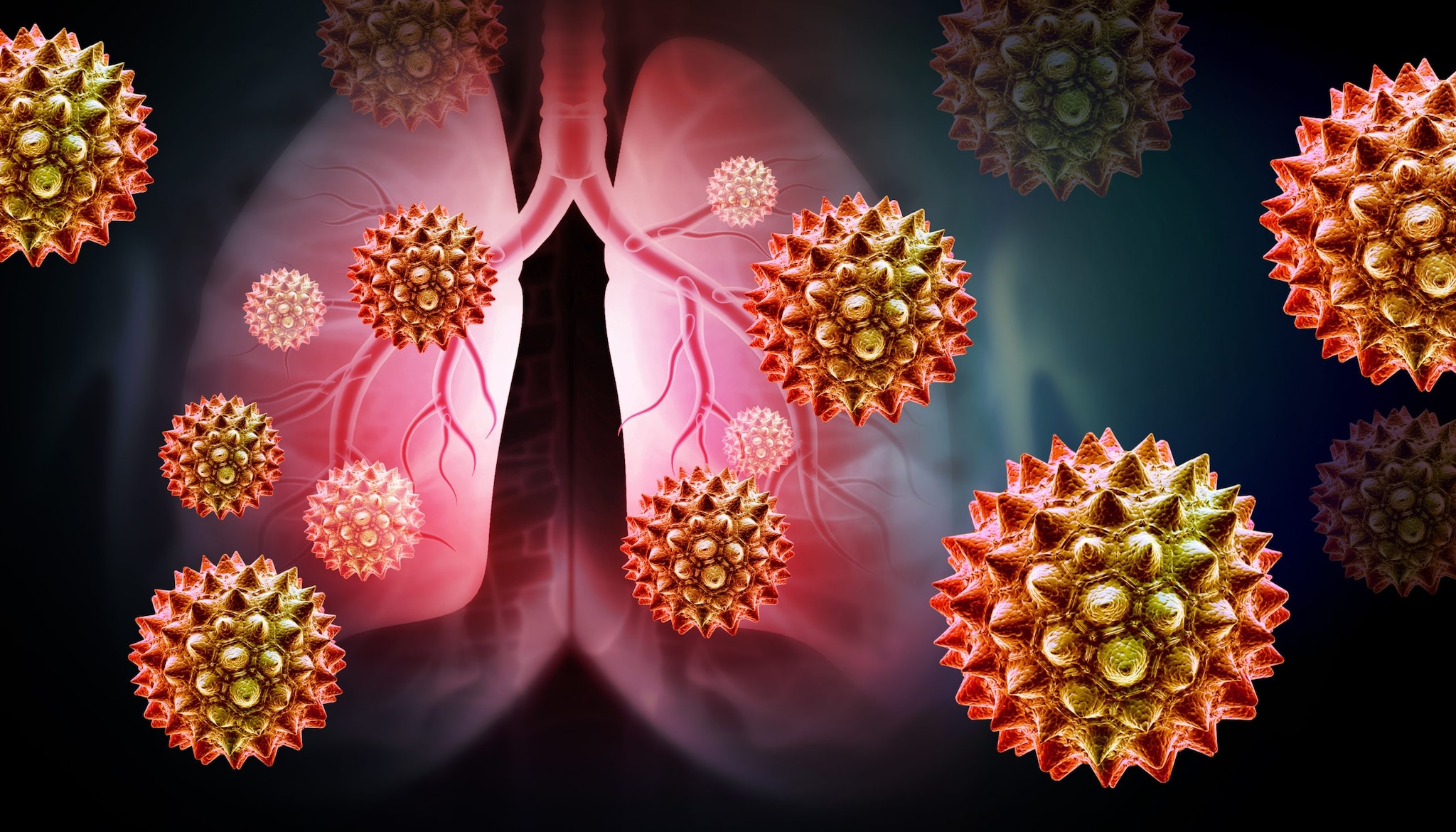Key points
- Coal dust and silica are not the only respiratory hazards in mining.
- Other airborne substances encountered while mining can lead to respiratory illnesses and other health issues.
- NIOSH Mining is working to address these other respiratory hazards in the mining industry.

Health outcomes
United States workers employed in mining facilities can be exposed to harmful airborne substances. The substances other than coal dust and silica are:
- Diesel particulate matter
- Elongate mineral particles
- Toxic gases
Potential health effects include:
- Headaches
- Nausea
- Symptoms of asthma
- Eye and nose irritation
- Inflammatory changes in airways
- Lung function decline
- Cancers
Interventions
Reducing miners' exposure to respirable airborne contaminants reduces the risk of developing lung disease. In response, NIOSH:
- Identifies sources of high respirable hazard exposure.
- Evaluates engineering controls that can reduce emissions.
- Research controls and operating practices that can prevent airborne contaminants from reaching workers.
- Develops sampling instruments that can provide exposure information during or after a work shift.
NIOSH research developed a personal dust monitor for miners to wear. This monitor provides an accurate measurement of the miner’s average respirable dust exposure.
Next steps
- NISOH will continue laboratory and field technology evaluations to control diesel emissions.
- NIOSH researchers will continue to:
- Research the properties of aerosols emitted by diesel engines and aftertreatment systems.
- Improve monitoring solutions for the assessment of miner exposure to all respiratory hazards
- Not silica and coal dust.
- Research the properties of aerosols emitted by diesel engines and aftertreatment systems.